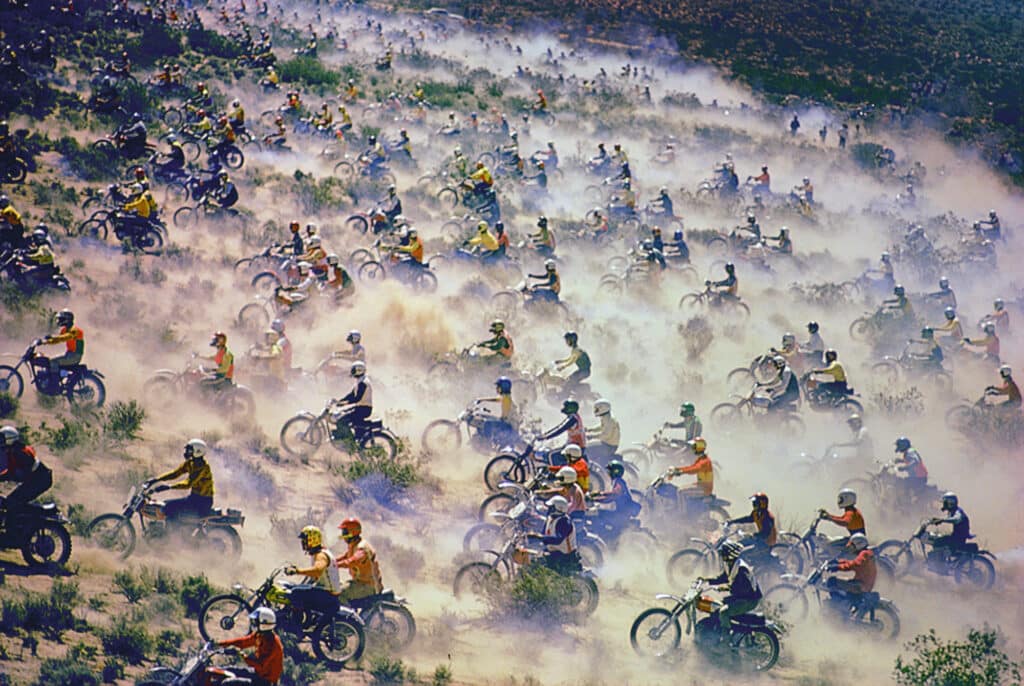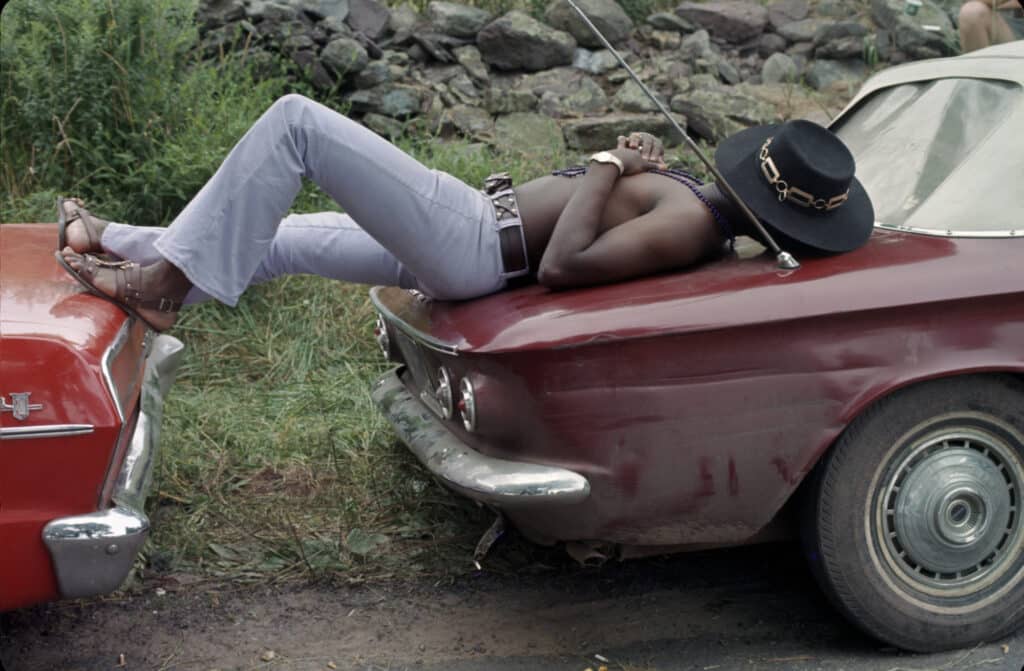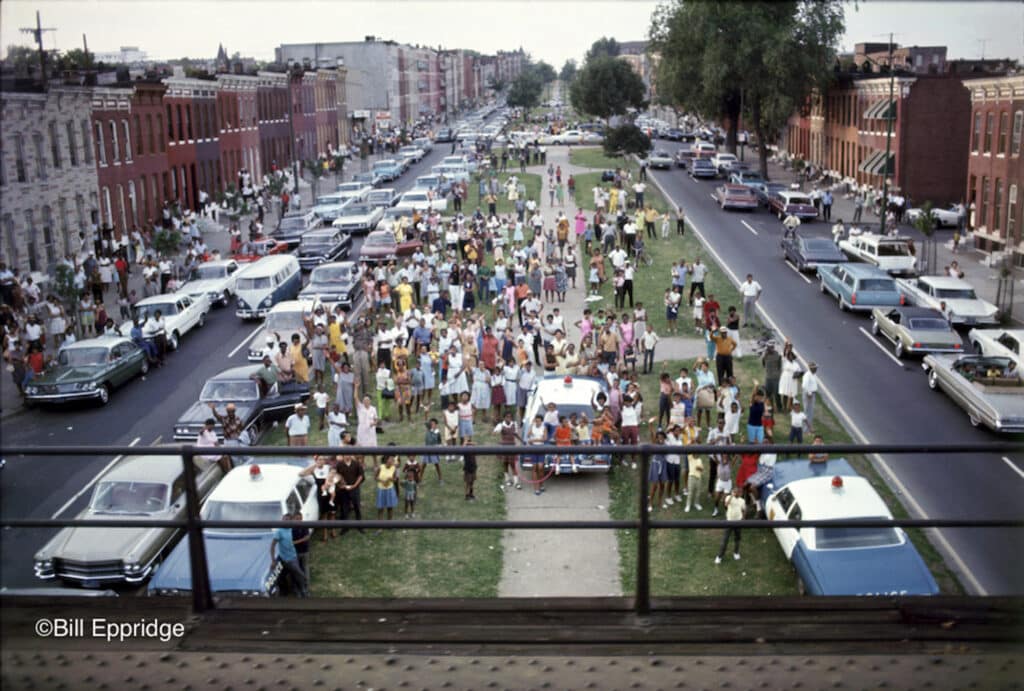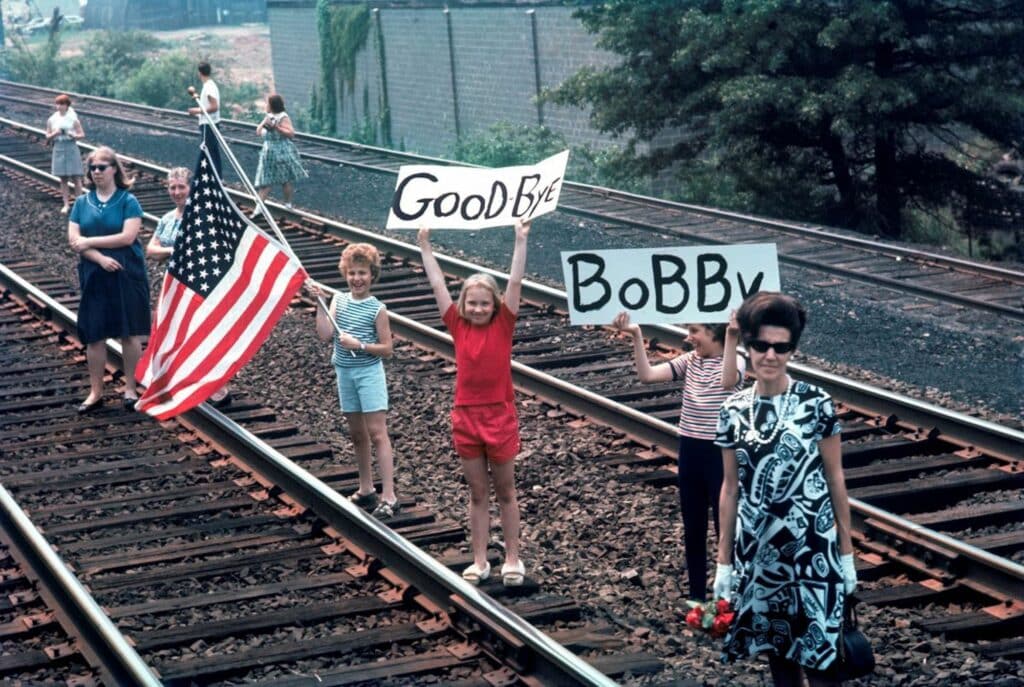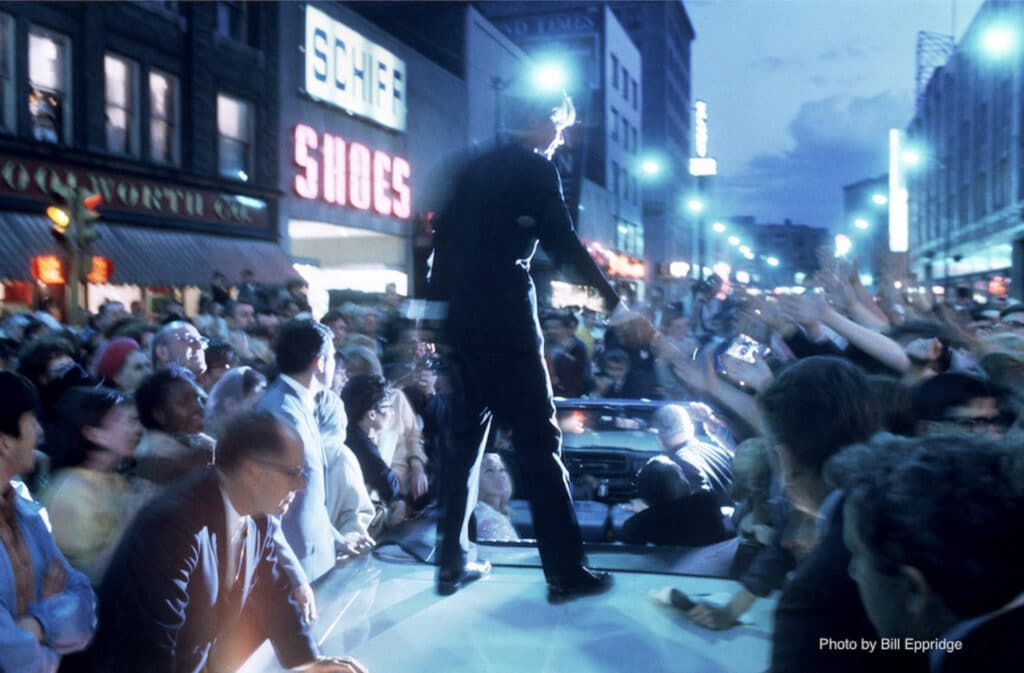“A journalist does not necessarily imply ‘artist’ but you are not going to make your point if you cannot make a picture that people will stop and explore,” said Bill Eppridge (1938 – 2013). As one of the most accomplished photojournalists of the 20th century, Eppridge chronicled the breaking stories of his day, helping to shape the way in which the nation navigated a tumultuous era. Whether documenting the Vietnam War, Woodstock, and the Civil Rights Movement or bearing witness to the tragic end to Senator Robert Kennedy’s presidential campaign, Eppridge brought a humanistic approach to reporting.
Coming of age in 1960s America, gallerists Sid and Michelle Monroe remember seeing Eppridge’s work on the pages of LIFE back when the famed photo magazine was a singular force in shaping public perception of news, celebrity, fashion, and modern life. “Through the weekly issue, tens of millions of households were exposed to stories they would otherwise never have known about,” say the Monroes, who have curated the new exhibition The Legacy of Bill Eppridge to honor the photographer’s singular contribution to the medium.
They point to Eppridge’s expose on John and Karen, heroin addicts living in New York, published in a February 1965 issue of LIFE. Years before Larry Clark published Tulsa, examining the harrowing impact of drugs and desolation in the heartland, Eppridge seamlessly embedded himself in a world far from his own. “He was stopped by the cops who wanted to know where he stole his camera, thinking he was looking to sell it for drugs,” the Monroes say.
Eppridge’s grim pictures of the “couple next door” living in Manhattan’s Upper West Side defied stereotypes and challenged stigmas around addiction. The Monroes explain, “Many Americans would not have been exposed to in-depth reporting with photographs of counter-cultural, political, and racial stories had it not been for Bill’s photographs in LIFE.”
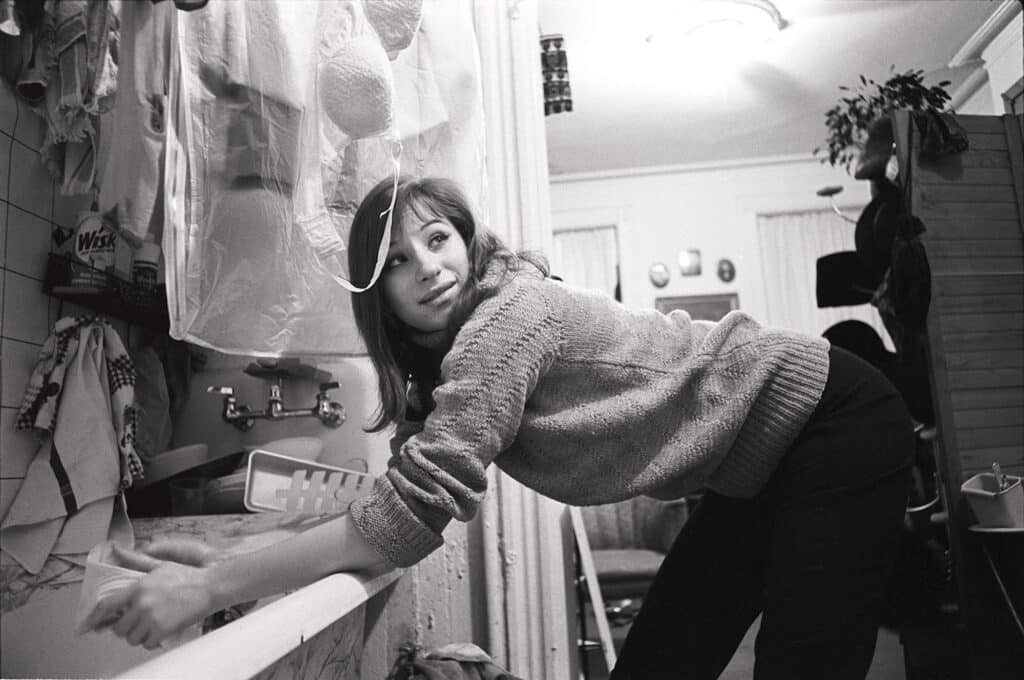
“Mr. Life Magazine”
Bill Eppridge’s photography career kicked into high gear while he was pursuing his BA from University of Missouri’s School of Journalism. He entered a picture competition and won first prize: a week-long internship at LIFE. After graduating, he worked for National Geographic, then returned to LIFE where he was later named staff photographer in 1964. He stayed with the weekly until 1972 when it went monthly, then signed a contract working for Time Inc., where he would go on to shoot for TIME, Fortune, and People before finally finding his new home at Sports Illustrated in 1977
In 2005, Eppridge and his wife Adrienne reached out to Sid and Michelle Monroe to begin a conversation about gallery representation. “It may seem almost unimaginable but like so many other photojournalists Bill had never pursued exhibitions and sales of his photography,” the Monroes say. “Bill initially had a jaundiced view of galleries but we quickly bonded and would spend hours discussing all manner of subjects from the mundane to the extraordinary. Bill’s patience was incredible; he would devote time to explaining in detail the circumstances behind a photograph.”
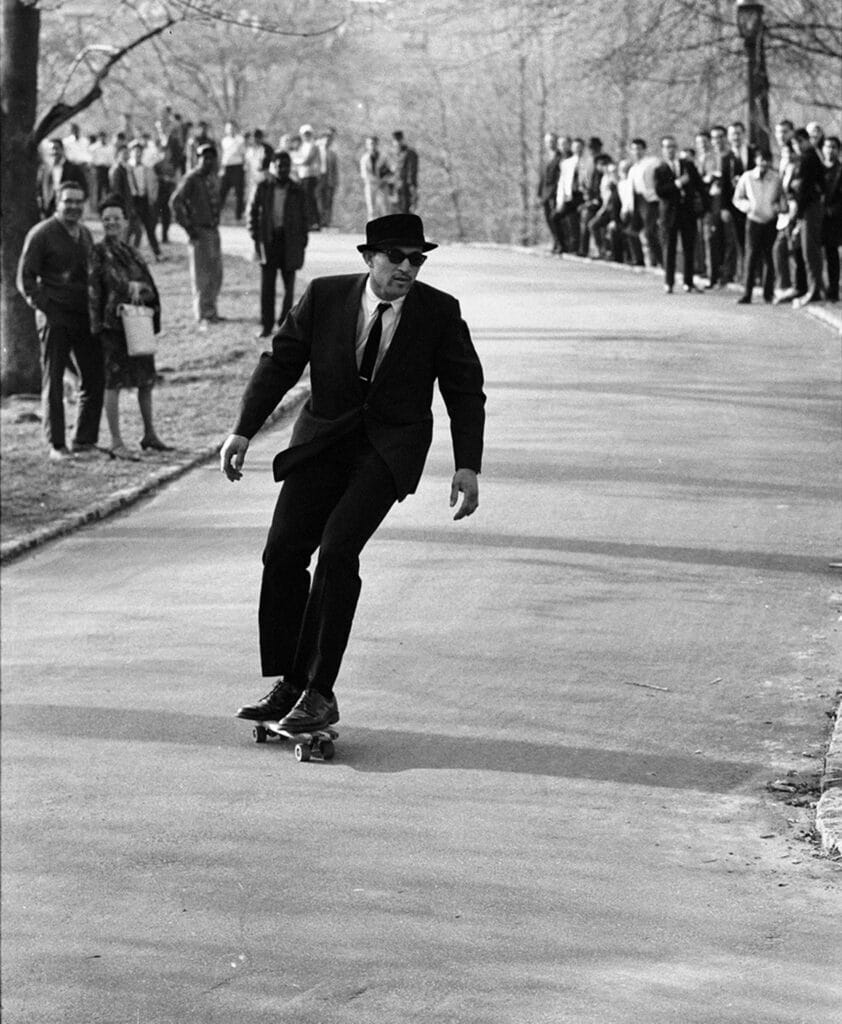
The Monroes describe Eppridge as curious and possessing a keen interest in the character of his subjects, which helped him comprehend the bigger picture of the histories he was recording. At the same time, he took care to ensure his presence didn’t interfere with the moment as it unfolded before his lens. While covering the Beatles’ arrival in America, the Monroes recount an encounter with Ringo Starr, who asked Eppridge, “All right Mr. Life magazine, what can we do for you?” Eppridge told the drummer, “Nothing, not one single thing. Just be you and I’ll turn invisible. I won’t ask you to do a thing.”
Witness to History
In 1968, Bill Eppridge followed Senator Robert F. Kennedy on his run for President, a campaign that met a tragic end when the Democratic hopeful was fatally shot at the Ambassador Hotel in Los Angeles after winning the California presidential primary on June 5, 1968. Just days earlier, Eppridge had photographed Kennedy campaigning in Indiana with the support of the “Fearsome Foursome”: prizefighter Tony Zale and NFL stars Lamar Lundy, Rosey Grier, and Deacon Jones.
Eppridge’s elegiac photograph of Kennedy jogging with his dog Freckles along an Oregon beach earlier that spring became the cover of LIFE’s June 14 issue, a poignant image of goodbye to a man who many had hoped would restore the golden years of “Camelot.” Eppridge joined the Robert F. Kennedy funeral train on June 8 as it traveled from New York to Washington DC so the Senator could be buried at Arlington Cemetery.
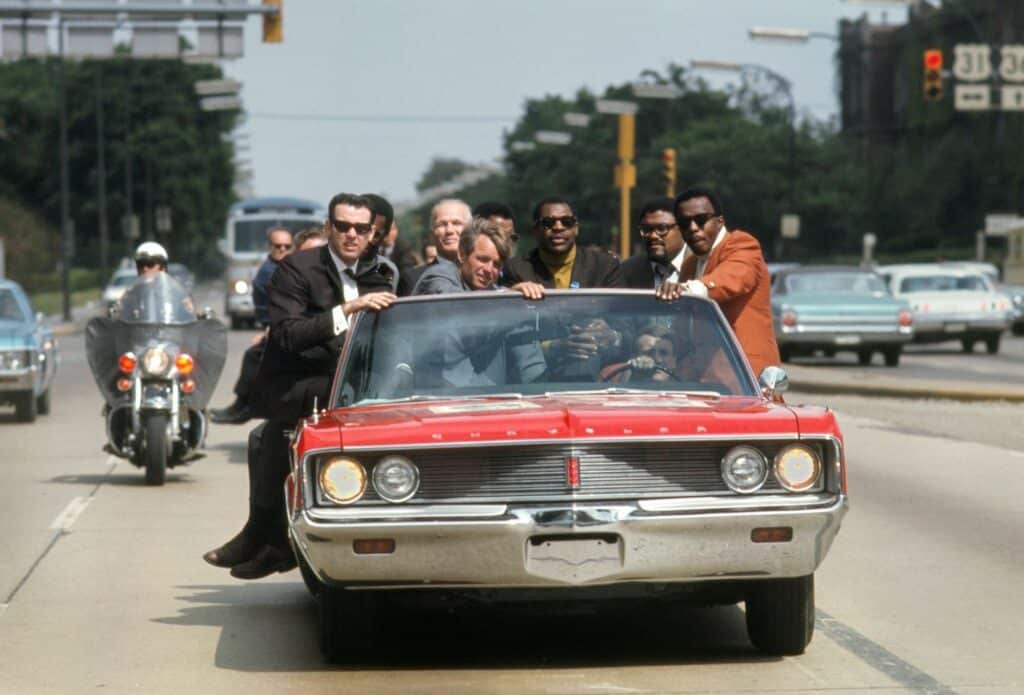
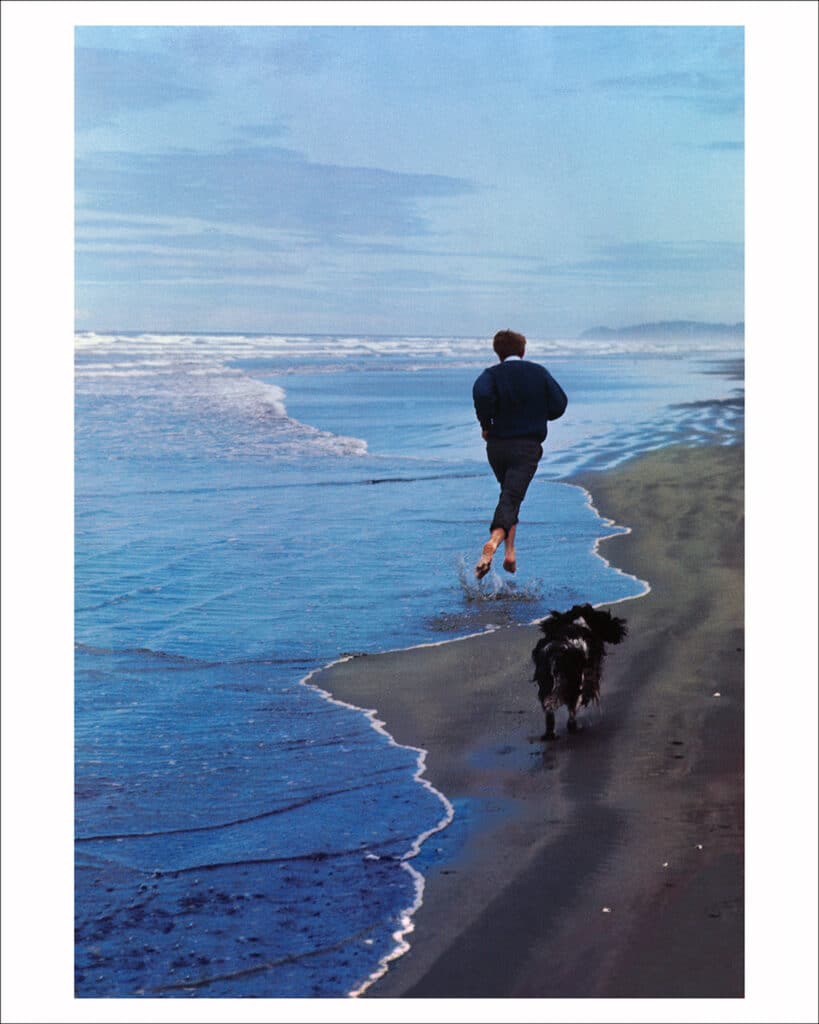
Eppridge, who witnessed Kennedy’s assassination, shared his memories with Sid and Michelle Monroe on several occasions. Speaking with great solemnity, Eppridge clearly recounted every detail of the evening, his deep voice adding to the somberness of what unfolded before his eyes. Having worked in Vietnam during the war, Eppridge recognized the gunshots the moment they rang out and understood immediately what was happening.
“Bill and a few other members of the press had typically created a wedge as security for Bobby, but on that night Bobby turned and went in a different direction, with Bill chasing to catch up. Bill was directly behind Paul Schrade of the United Automobile Workers union who was shot in the forehead, and Bill went to work,” the Monroes say.
Eppridge explained to them, “I think that kind of situation has to be documented, it has to be told, and it had to be told to people who do not understand the horrors we can face.” Although Eppridge photographed the aftermath of the shooting, the hospital, and the funeral train, when he reached the cemetery, he decided, “No more shooting this.” He stood beside a tree, held a candle, and paid his respects.
With The Legacy of Bill Eppridge, the Monroes bring together a broad selection of the photographer’s work that includes moments of triumph and tragedy alike to honor a man they were proud to call a friend. “Bill was a true treasure and a rare gem of humanity in addition to being a towering giant in photojournalism.”
The Legacy of Bill Eppridge is on view September 30 – November 20, 2022 at Monroe Gallery in Santa Fe, New Mexico.

